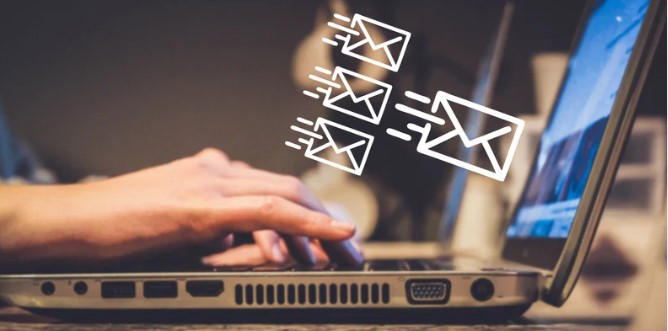
Starting an email the right manner can make a huge impact in how it is received. Whether you’re contacting a new customer, following up on a job application, or simply connecting with coworkers, a professional email opening sets the tone for the entire message.
In this article,
we’ll walk you through the best ways to How to start an email, share professional templates, and give you important advice for improving your email communication.
Understanding the Purpose of Your Email

Before you type your opening line, it’s crucial to understand the purpose of your email.
These are different scenarios that require different levels of formality and personalization.
- Business Inquiries – Professional and direct
- Networking Emails – Warm and engaging
- Customer Support – Friendly and solution-focused
- Internal Communication – Clear and to the point
Best Practices for Starting an Email
Here are some best practices discussed.
1. Use a Professional Salutation
The way you greet the recipient depends on your relationship with them. Common professional greetings include:
- Formal: Dear [Name],
- Neutral: Hello [Name],
- Casual: Hi [Name],
- Unknown Recipient: To Whom It May Concern,
2. Personalize When Possible
If you know the recipient’s name, use it! This creates a sense of connection and increases the chances of a response.
3. Keep It Brief and Relevant
Avoid overly long introductions. Instead, get straight to the point while maintaining politeness.
Top 10 Professional Email Templates
1. Formal Business Inquiry
Subject: Professional Concern About to Know the Detail About Current Project
Dear [Recipient’s Name],
I hope this email finds you well. I am reaching out to inquire about the current status and details of [specific project]. Could you provide more insights on [specific question]?
Looking forward to your response.
Best regards,
Thomas Jonson
Outreach Specialist
2. Follow-Up Email
Subject: Following Up on [Previous Conversation]
Hello [Recipient’s Name],
I wanted to follow up regarding [previous discussion]. Have you had a chance to review my previous email?
Please let me know your thoughts.
Best,
[Your Name]
3. Job Application Email
Subject: Application for [Job Title] – [Your Name]
Dear [Hiring Manager’s Name],
I am excited to apply for [job title] at [company name]. Attached is my resume for your review.
I would love the opportunity to discuss how my skills align with your needs.
Best regards,
[Your Name]
4. Networking Email
Subject: Pleasure Connecting with You
Hi [Recipient’s Name],
It was a pleasure meeting you at [event]. I enjoyed our conversation about [topic] and would love to stay in touch. Let’s connect soon!
Best,
[Your Name]
5. Customer Support Email
Subject: Assistance Required for [Issue]
Dear [Support Team],
I am experiencing [specific problem] and would appreciate your assistance. Please let me know the steps to resolve this issue.
Thank you,
[Your Name]
Common Mistakes to Avoid
- Being too vague – Be clear about why you are emailing.
- Skipping a subject line – A well-crafted subject line increases open rates.
- Using unprofessional language – Keep it professional and polite.
Conclusion
A well-structured email opening can make a huge difference in how your message is received. By using these templates and best practices, you can enhance your email communication and make a lasting impression.
FAQs
1. What is the best way to start a formal email?
The Best of start an email is, to start with Dear “xyz” and a polite introduction.
2. How do I address someone if I don’t know their name?
Try to use the Dear Concer, or “To whom it may concern”
3. Should I always use “Dear” in a professional email?
Not necessarily. “Hello” or “Hi” can work for less formal emails.
4. How can I make my email more engaging?
Personalize your greeting and keep the introduction concise yet warm.
